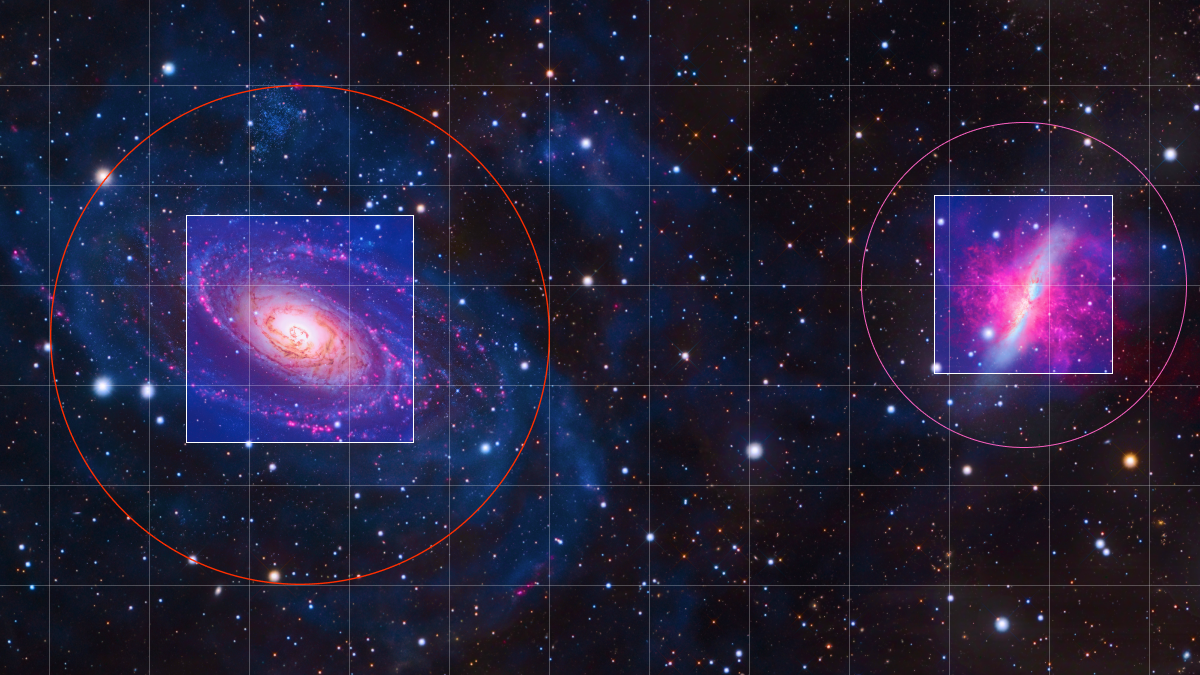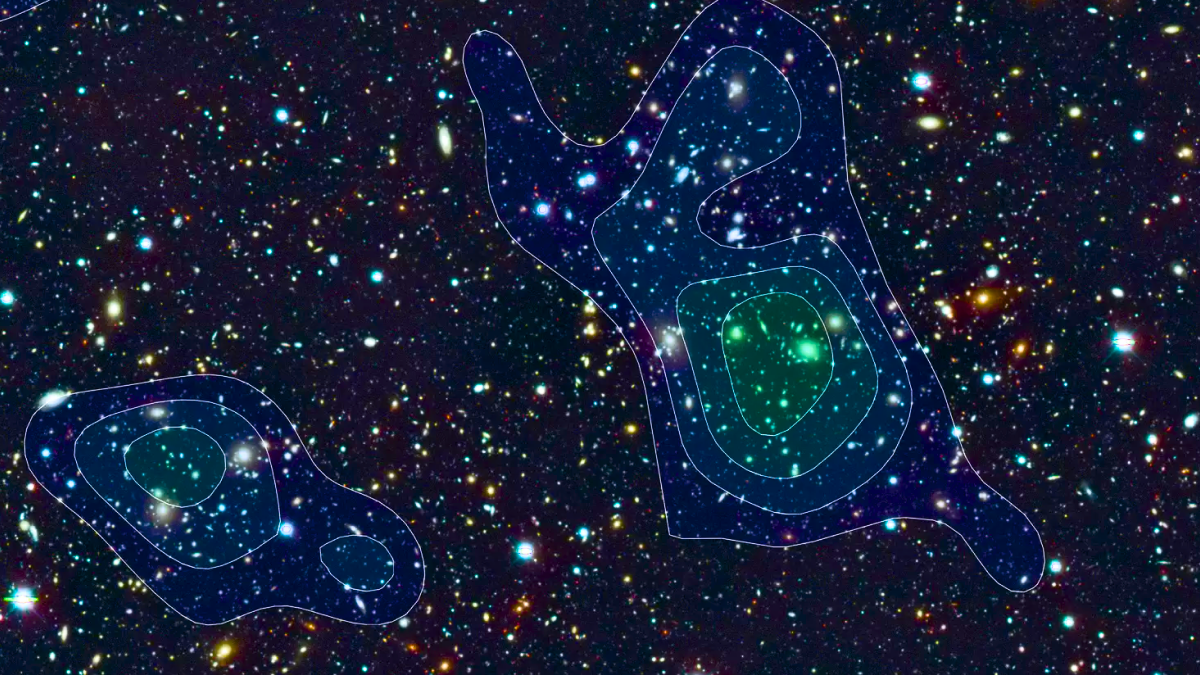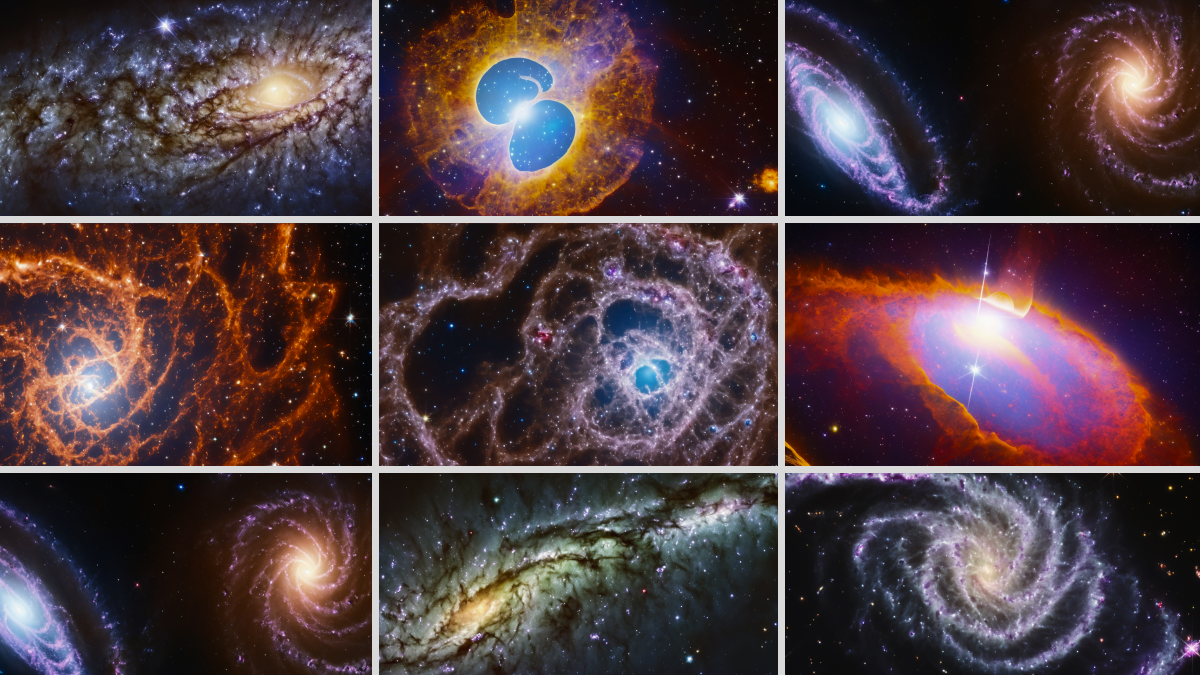Astronomers are Using AI to Make Discoveries
Raw astronomical images are full of errors, messy foregrounds, contaminants, artifacts, and noise. These photos need to be processed and cleaned in order to be attractive, not to mention helpful for scientific research. This work is typically done using a combination of automated and human processes. Astronomers are increasingly using artificial intelligence to analyze the data and remove any unnecessary portions of the photos in order to produce a clear result.
In this article, we will take a look at how astronomers are using AI to make new discoveries and the data annotation needed to create them.
Discovering New Galaxies

In order to classify newly discovered galaxies, astronomers will feed photos of galaxies into a neural network algorithm. The classifications that are in place were created manually, either by the researchers themselves or through data annotators working on science projects. With the training set in hand, the neural network can be used to automatically identify the galaxies in real data, which is significantly quicker and less prone to error than manual classification.
Neural networks that have numerous interconnected nodes and can recognize patterns are ideal for identifying the patterns of galaxies. In the early 2010s, astronomers started classifying galaxies using neural networks. The algorithms are now 98% accurate in their ability to categorize galaxies.
Uncovering the Nature of the Cosmos

Neural networks are being used by astronomers to explore the universe more thoroughly than ever. Artificial intelligence is being used by cosmologists to better understand the universe’s fundamental principles. The identities of dark matter and dark energy, two elements that defy our current understanding of physics and together make up more than 95% of the universe’s energy, are two of the largest cosmic mysteries.
The quantity of dark matter and dark energy, as well as how they have changed over the course of the universe, are two qualities that cosmologists are currently attempting to quantify in order to better identify those enigmatic substances. The history of the universe as a result of even minute variations in dark matter and dark energy has major implications for everything from the arrangement of galaxies to the rates of star creation in galaxies like the Milky Way.
AI is Needed to Analyze Massive Quantities of Data

The training data in the case of dark matter and energy, which was previously noted, comes from complex computer simulations. The parameters of dark matter and dark energy are changed in such simulations to observe what changes. The neural network is then fed these findings in order for it to learn all the fascinating ways that the universe is changing. The hope is that cosmologists will be able to target the neural network towards actual data and allow it to tell us what the universe is composed of, even though it is not quite ready for prime-time.
These methods are becoming more and more important as today’s astronomical observatories generate enormous amounts of data. High-resolution photographs of the sky will be produced from over 60 petabytes (one petabyte is equal to one thousand terabytes) of raw data by the Vera C. Rubin Observatory, a cutting-edge facility being built in Chile. Even the most dedicated graduate students would struggle to parse that much material. Artificial intelligence-assisted computers alone will be capable of completing the work.
What Types of Data Annotation are Needed to Train These Neural Networks?
The neural networks are trained on space images containing various objects they need to detect. This means data annotation techniques ranging from simple tagging to more advanced types like image classification. The latter aims to classify an image in order to understand it as a whole. Overall, it involves classifying the image rather than a specific object by determining the class it belongs to. As a general rule, image classification is applicable to pictures with only one object.
More advanced types of data annotation, like semantic segmentation, will be needed, which involves grouping an image into clusters and giving each cluster a label. It is the work of assembling several image fragments and is regarded as a pixel-level prediction method. In semantic segmentation, practically no pixel does not correspond to a class.
Trust Mindy Support With All of Your Data Annotation Needs
Mindy Support is a global provider of data annotation services and is trusted by Fortune 500 and GAFAM companies. With more than ten years of experience under our belt and offices and representatives in Cyprus, Poland, Romania, The Netherlands, India, OAE, and Ukraine, Mindy Support’s team now stands strong with 2000+ professionals helping companies with their most advanced data annotation challenges.





